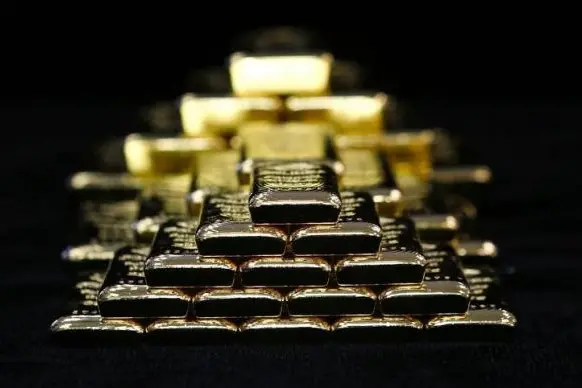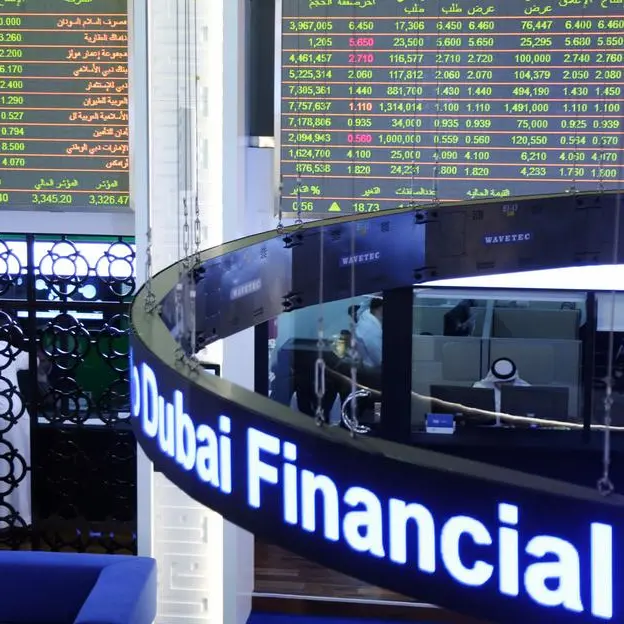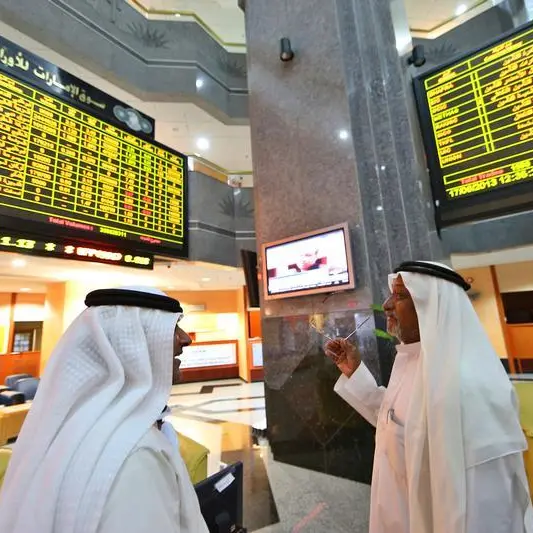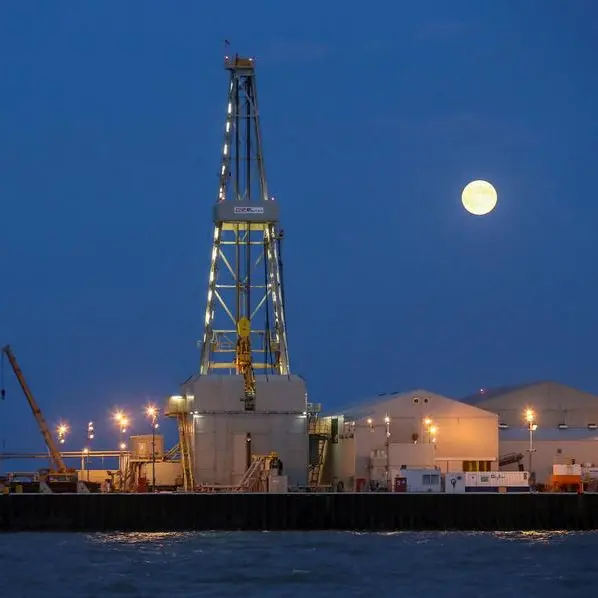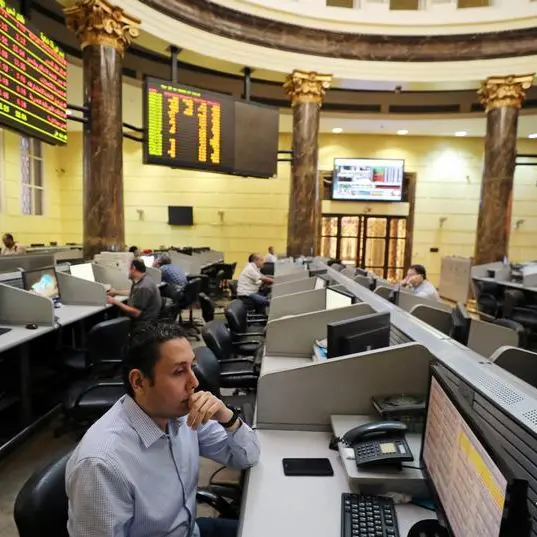PHOTO
Gold has been the big investment driver, while silver has performed best.
Commodities have been on a tear this year. Led by gold, the commodity complex emerged as the best performing asset class of the second quarter and first half of 2016, according to Citigroup.
The Wall Street bank expects the strong performance of commodities to continue this quarter and through to the end of the year, as investors continue to show interest in commodity-based investment funds.
"This is in stark contrast to the last two years, during which time commodities sold off during the second half, leading the asset group to be the worst performing (asset class) compared with equities and debt securities," the bank said in a recent report.
Silver was the best performing commodity, rising more than 30 percent in the first half of the year, with gold (up more than 24 percent), zinc (up 23 percent) and steel rebar (up more than 17 percent) also rallying higher in the first six months of the year.
Commodity investors are so bullish that they have dismissed dire warnings about volatility on global financial markets and the impact on risk appetite resulting from the vote by the United Kingdom to leave the European Union (EU), also known as Brexit.
Barclays Capital Plc believes that despite the uncertainty surrounding Brexit, investors are not ready "to dive into risk-off mode just yet".
"Second, commodity assets still look attractive, especially relative to other risky assets, and investors have shown little proclivity for dumping them just yet," said Barclays. "Unlike equity and bond markets, quantitative easing has had little effect on commodities and, relative to metrics such as medium-or long-run historical averages, the prices of most still look cheap, despite the big gains so far this year."
Can the rally continue?
The big question is whether commodities can maintain the winning streak. Over the last eight months of 2015, commodity fund managers saw an outflow of $70 billion, finishing the year with $180 billion of total assets under management (AUM).
In the course of just six months, inflows and price appreciation erased that loss and the total AUM now stands closer to $250 billion. However, RBC Capital Markets is questioning whether the inflows will plateau.
"Going forward, a more favourable roll, some price appreciation, and limited instances of chunky new allocations into the space should drive a continued grind higher in total commodity investor AUM," the Canadian bank said in a report.
The big investment driver has been gold. The commodity is perceived as a safe haven when investors are fearful. Gold has been the go-to commodity for many harried investors weighing up risks ranging from terrorist attacks across the world, to the Brexit vote and concerns about the Chinese economy faltering,
The World Gold Council says investment in gold more than doubled in the first quarter, compared to the previous quarter. Global investment demand soared to a seven-year high of 617.6 tonnes in the first quarter of the year, a 122 percent increase from the 277.9 tonne of investment in the first quarter of 2015 and the second-highest quarterly total on record, according to WGC estimates.
"It eclipsed Q2 2010's 606 tonne total - a time when heightened fear over the sovereign debt crisis fuelled a sharp spike in gold demand - and almost matched the record of 626 tonnes from the first quarter 2009 during the depths of the Great Recession."
Citibank is bullish on the yellow metal in the second half of the year, while the performance of the U.S. dollar, and wider dovish macro themes that kept gold buoyant pre-U.K. referendum, are likely to persist, adding to upside momentum. The United States Federal Reserve bank's decision to hold interest rates -- or limit them to one this year -- should also boost gold's prospects.
Industrial action
While Chinese retail jewellery demand fell 17 percent to 179 tonne in the first quarter and Indian demand fell 41 percent to 88 tonnes over the same period, Citi does not expect the trend to continue amid growing geopolitical uncertainty.
"Political uncertainty on the outcome of the U.S. election," Citi said. "The rise of populism and self-described nativist political parties in the U.S. and the E.U. have been positive for retail bar and coin sales."
Bank of America Merrill Lynch is even more bullish on gold, expecting the metal to hit $1,500 per ounce in the near term on the back of rising volatility.
Citi expects Brent crude to hit $60 per barrel in 2017, as the oil markets reach equilibrium over the next few months. Among industrial metals, copper has already exceeded Citi's price target of $4,775 per tonne for this year, with the metal trading at $4,965.
The Wall Street bank expects Dr. Copper - as it's sometimes known given that it serves as an important gauge to measure the health of the economy -- to continue rising to $5,250 in 2017 and $6,400 in 2018.
Aluminium prices have also run ahead of Citi's forecast of $1,545 by the end of this year, with the metal trading at just under $1,600 per tonne.
Going forward, China will be a key driver for commodities. Analysts expect the government to launch a stimulus package if growth falters, and much of that stimulus will likely be pumped into government infrastructure, benefitting demand for industrial commodities.
© The article was produced by Frontiernations.com exclusively for Zawya.com.
© Zawya 2016
